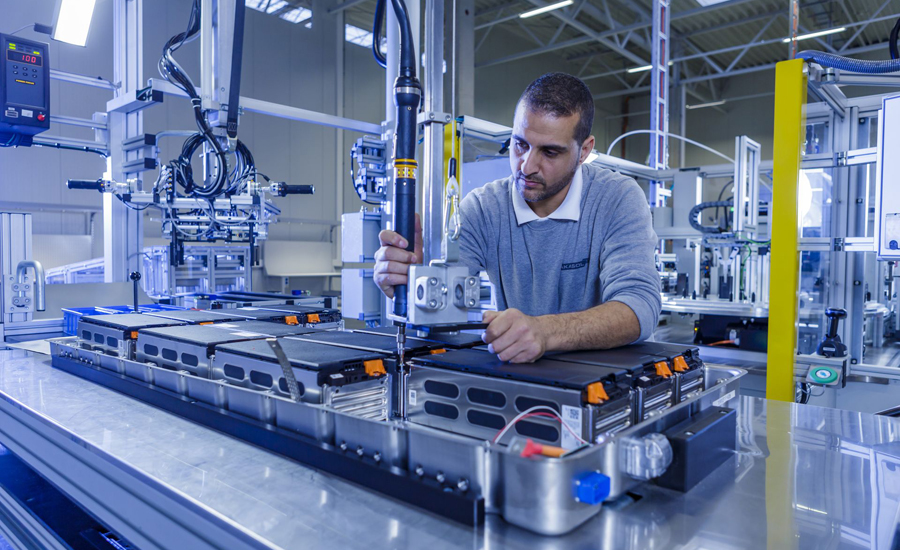A manufacturing facility is a place of business for many industries and has varying areas to manage. What are some of the best practices for someone in this position? What does a typical day look like?
In this article, you’ll learn about the strategies for managing a manufacturing facility, including some responsibilities of employees, workflow, and maintenance.

Update Certifications and Training
Manufacturing facilities are often regulatory mandated somehow, and every employee who manages a manufacturing facility must update their certifications.
These include First-Aid/CPR, Hazmat, Hazardous Waste Handling, Pest Control, Food Safety Management System (FSMS), etc. Companies also hold in-house training sessions for updates and refreshers to keep everyone’s knowledge fresh.
Ensure Proper Protocol is Set in Place
Before anything else, a manager running a manufacturing facility should ensure that any protocols for the production of products are set correctly in place. The work environment will be controlled by rules and procedures, including manufacturer orders, shipping and receiving times, established safety guidelines, and more.
If there have been changes to the facility, such as new equipment or a change in production processes, you should carefully examine each option before it is used. It means that safety precautions and employee training need to be considered before use. The manager must also ensure that all equipment is correctly maintained by staff members hired for these roles.
Develop a Broad Staff Pool
The manufacturing facility manager will need to know how many employees they have and what skills and education levels are necessary for different tasks. For example, maintenance technicians may not need much in terms of education. Still, they should think critically and accurately diagnose problems with the machines used for production.
The manager will also need to know how many employees they can hire and their plans for the facility. New hires should learn new skills swiftly, but it’s also crucial that employees have enough loyalty or dedication to keep them in their posts. It means the manager has to find people willing to stay on despite any changes to the facility.
Create a Board for Medical Practices
There should be an area where employees can write down their ailments and track which days they cannot work, such as sick leave. A manager in charge of medical practice at a manufacturing facility must create this board to know who can work and who must stay home.
It’s also a good idea to have managers commit to giving employees time off so they can rest and return healthier than ever. According to labor law, employees are entitled to paid sick leave, and the managers must take care of them.
Write a Schedule for Workflow
The manager will need to know how long it takes for each production process or creation to be finished. By creating a workflow schedule, the manager will see which methods can take longer than others and what steps to take for throughput to increase.
Managers must also consider how much time each procedure takes to create a workflow schedule. Doing so will allow them to make informed decisions about which processes can be sped up and which ones need more time for completion.
Work with Maintenance Partners
Maintenance partners must know the equipment used, what types are out for repair at any time, and how often you can maintain them. The partners will also know which parts are most vulnerable to wear and tear.
These partners include industrial electric conductors, machine build-up experts, and machine repair. A manager will need to know what maintenance is necessary for each type of production equipment to schedule when the work needs to be done.
Prioritize Safety Over Everything
One of the manager’s main tasks is keeping employees safe. It means managers must prioritize safety, even if it means slowing down production or stopping everything altogether.
If there are changes in the facility, such as new equipment or production processes, you should carefully examine each option before using it. It means that safety precautions and employee training need to be considered before use. The manager must also ensure that all equipment is correctly maintained by staff members hired for these roles.
The manager’s role is to keep things running smoothly in a manufacturing facility. It involves overseeing employees, developing strategies to increase output, and minimizing downtime. They must also ensure that all safety precautions are considered when making changes to the facility or introducing new equipment.




